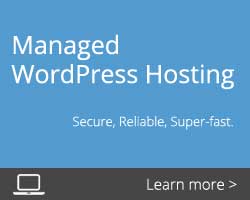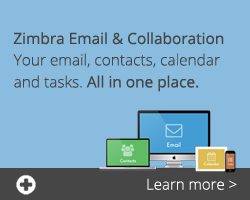
How to Optimise your WordPress Website
Think of your website like a car; the wheels are the data, the exterior is the interface and the engine is the performance. The wheels and exterior are necessary for any car but the essential element of the car is the engine; the same goes for a website. The data and interface are important however the efficiency and speed of your WordPress website is critical.
Whether you run a high traffic website or a small blog for your family and friends, optimising your WordPress website will improve the overall user experience.
Optimisation can be grouped as follows:
- Search Engine Optimisation (SEO) – improving your website’s rank on search engines (i.e. Google, Bing)
- Performance Optimisation – Ensures your website responds quickly when visitors click on links to view your pages
Optimising your website for both is important and in fact, Google tracks performance and slower websites will negatively affect ranking performance.
SEO Tips to Optimise your WordPress Website
- Read industry leading blogs to learn more about Search Engine Marketing – we like the Moz Blog
- Use a SEO plugin : Search engines are looking for multiple attributes that will define the success of your page rank such as Title, Headings, Word Count, Keywords etc. Plugins like WordPress SEO by Yoast and All-In-One SEO Pack will provide the tools you need to properly optimise your site.
- New Content : Search engines can only read a site, they can’t see it. A search engine will rank your WordPress site by scanning your content for quality, quantity and relevance. A common rule of thumb is that you should have at least 10 posts on your page.
- XML SiteMap : An XML Sitemap is the main communicator with search engines as it alerts them of new or updated content. Providing search engines with that information will ensure that your updated content is indexed faster thus resulting in a higher SEO rank. The plugin, WordPress SEO by Yoast, auto-generates XML sitemaps for your WordPress site.
- Internal Linking is linking relevant posts to a different post within the same website. This will increase page views while decreasing the bounce rate while contributing to the rank of your linked posts.
Performance Optimisation Tips for your WordPress Website
- Choose a Good Theme: The theme you choose has a lot to do with the overall performance of your site. There are four main factors you should look for in a theme: Speed, Lightweight Code, HTML5, Responsive. The theme that provides the four main factors will be a a good base for your site.
- Optimise Image File Size: Reducing the file size of the images you upload to your WordPress library is key to making your site faster to load. You can reduce the file size of images you’ve uploaded to your WP library using the WordPress Media Editor or plugins like WP Smush and EWWW Image Optimiser. Or you can optimise the images before you upload them using software on your computer like Photoshop, Preview or the Gimp. Typically, high quality images should be optimised to between 100KB and 60KB. Smaller images should be under 30KB. The main factors which affect file size are resolution (for the web 72 dpi is recommended) and dimensions e.g. 1024 pixels wide x 600 pixels high. A 12 Megapixel camera will produce an image which is 4000 pixels wide by 3000 pixels high – much larger than most visitors’ screens (a Macbook air is 1280 x 800). Further, you probably don’t need the image to fill the entire screen when viewed, so the dimensions can be much smaller than the expected screen sizes of your visitors’ devices. Before uploading your pictures, consider reducing the image dimensions and changing the resolution.
- Unnecessary Information: Deactivating plugins that aren’t being used, deleting spam comments and removing post revisions will all improve your site speed.
- Caching Specialist: WordPress hosting providers like getpendeo.com often provide automatic caching of your content. If you’re hosting on a standard host, you can set-up a caching plugin like W3 Total Cache which will improve the performance of your site. Instead of generating your content over and over again (which requires multiple data base requests), the plugin will cache your content to disc or memory so that it can be delivered to the visitor much more quickly.
There are many tools you can use to measure the success of your new optimised site. Google WebMaster Tools offers in- depth analytics defining your top search queries, impressions, clicks and much more. GTmetrix and Pingdom are great sites to measure the performance and speed of your site.
Remember, a WordPress site, like a car, needs maintenance and attention to optimise performance and retain value.
Thanks for reading!
Posted on November 5th, 2015 and last modified on September 16th, 2016.

